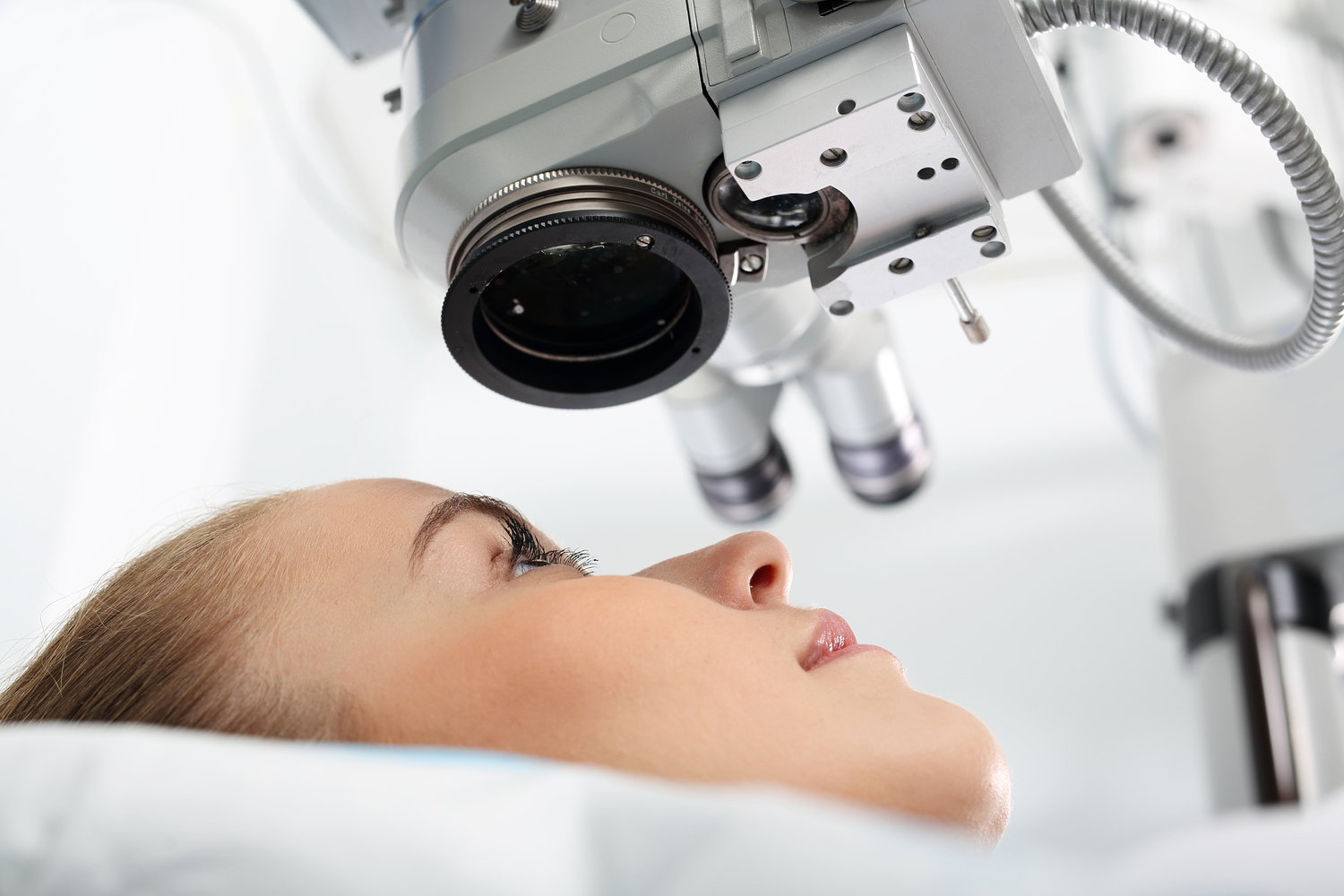Treatment Options For Cataract
Treatment options for cataract
Cataracts are an obfuscating of the eye’s focal point. They block light from going through the lens, so with cataracts, it is hard to see clearly and even it can cause visual deficiency after some time. Cataracts may gradually increase, which means they worsen with time. Despite the fact that cataracts are more typical in senior, individuals in their 30s and 40s can also be affected by this condition. A few cataracts are related to wounds, drugs, irritation, and certain fundamental maladies, for example, diabetes. For a large portion of our lives, our eyes give us great vision; however, a large number of people may require glasses, contact focal lenses, or refractive medical procedure to hone that vision.

What is a laser-assisted cataract surgery?
- The regular cataract medical procedure is performed with manual devices, requiring a high level of precision.
- But in this propelled strategy, a femtosecond laser is utilized to perform the surgery.
- This is one of the cataract treatment options.
- Additionally, a laser cataract medical procedure can diminish pressure on the retina and other sensitive tissues of the eye amid cataract extraction.
- The femtosecond laser is intended to enhance the accuracy and reproducibility amid certain testing and basic steps of the cataract medical procedure.
What is the cost of cataract surgery without insurance?
- It is ideal for people who undergo a cataract medical procedure in the country to have Medicare or private therapeutic protection, it can be fairly near to impossible to decide the cost of the surgery for somebody with no insurance scope.
- In such cases, numerous specialists frequently charge similar expenses for a cataract medical procedure that they charge for an elective vision adjustment strategy called refractive lens exchange (RLE).
- The RLE is basically an indistinguishable methodology from the cataract medical procedure; however, in RLE, the eye’s natural lens that is evacuated has not yet turned blurred by a cataract.
- By supplanting the eye’s natural lens with an IOL, the specialist can adjust huge measures of myopia or farsightedness, lessening the patient’s requirement for eyeglasses or contact lenses.
- The normal cost of an RLE is approximately $3,599 to $5900 per eye.
What are the early symptoms of cataract?
There are various early symptoms of cataract including:
- An effortless obscuring of vision
- Glare or light affectability
- Poor night vision
- Two-fold vision in one eye
- Requiring brighter light to read
- Blurring or yellowing of colors
How can the early symptoms of cataract be controlled?
The early symptoms of cataracts might be enhanced by some of the lifestyle changes like:
- Having a new pair of eyeglasses
- Brighter lighting for reading
- Anti-glare sunglasses for sunlight protection
- Amplifying lenses for distant vision.
What are a few of the complications of cataract surgery?
Some of the complications of a cataract surgery are:
- Germs that get in your eye amid medical procedure can prompt a contamination. You may feel delicate to light or have pain, redness, and issues with the vision.
- The retina sits in the back of your eye, detecting light and sending messages to the cerebrum. After the medical procedure, you have a somewhat higher possibility that it pulls from the back of the eye, an issue called retinal separation.
- At the point, when your specialist expels your lens amid cataract medical procedure, a few pieces may fall into your eye and are left behind. In the future, it might be a reason to worry.
- After the medical procedure, veins in the retina sometimes spill. As liquid gathers in the eye, it obscures your vision.
What is the traditional cataract surgery?
- Traditional cataract surgery, one of the cataract treatment options, is the safest, most approachable, and very effective procedure in medical stream.
- In this procedure, in the beginning, the clouded natural lens is removed.
- Then, the new lens replaces the older one.

